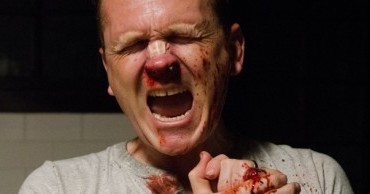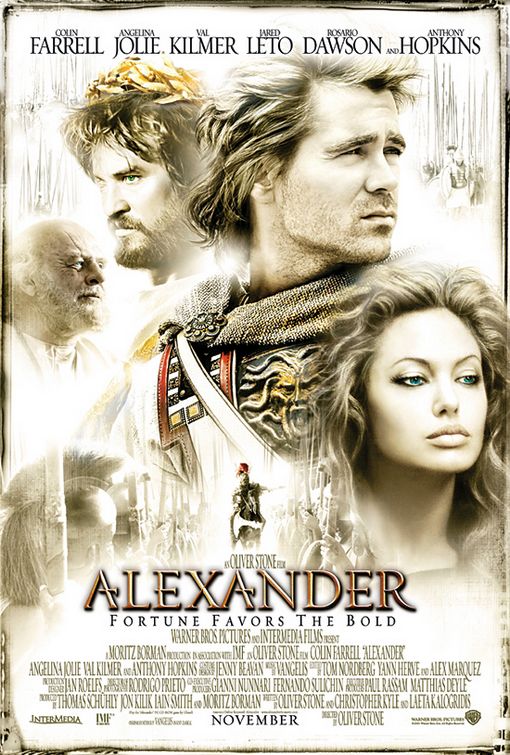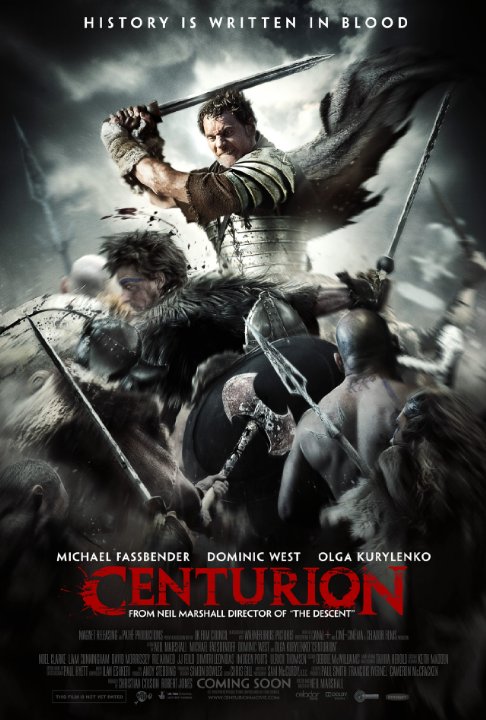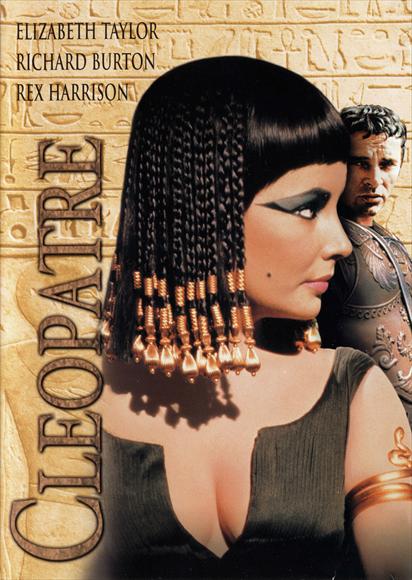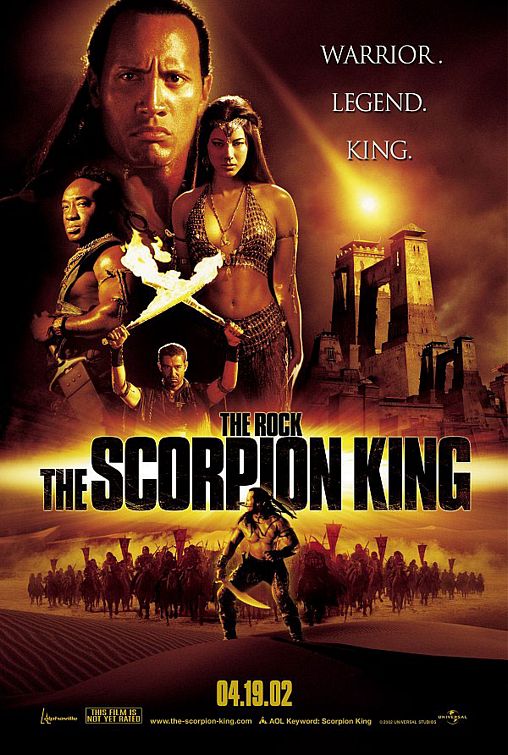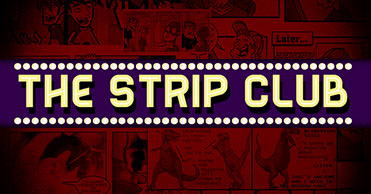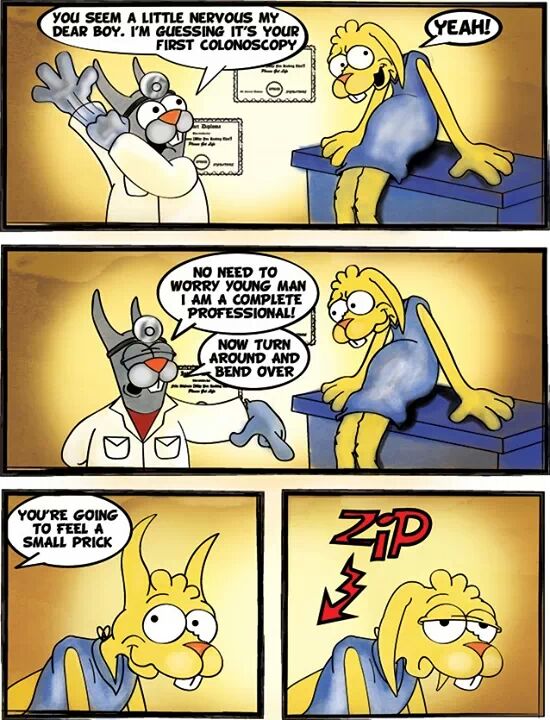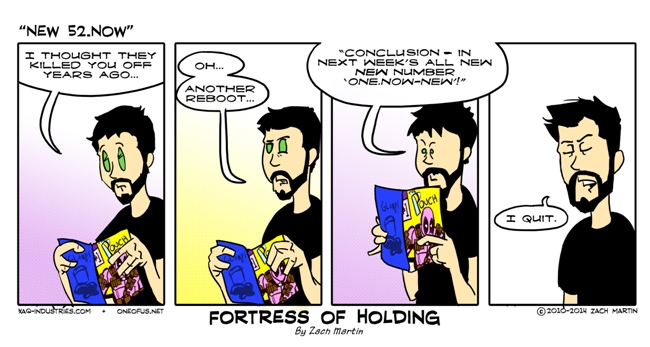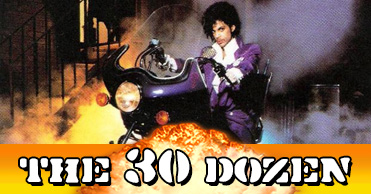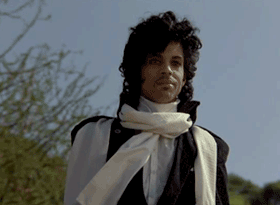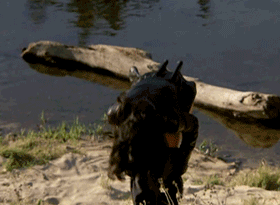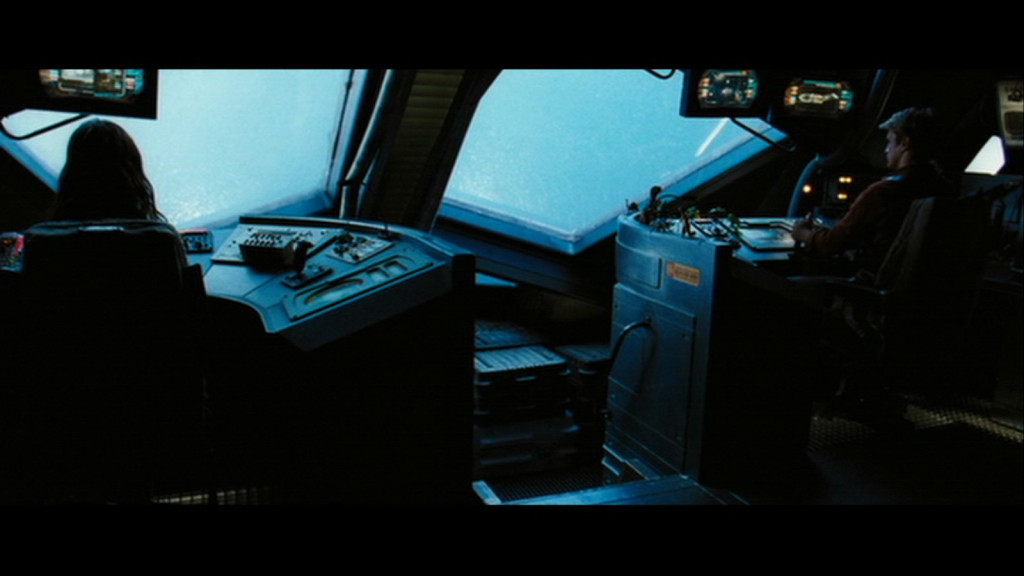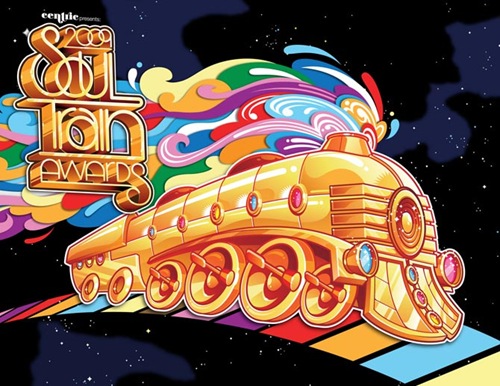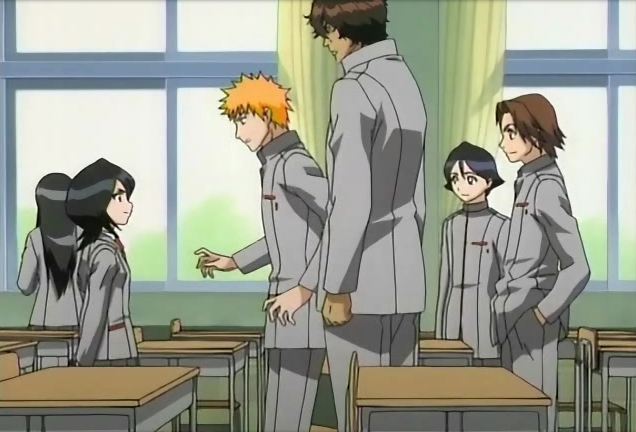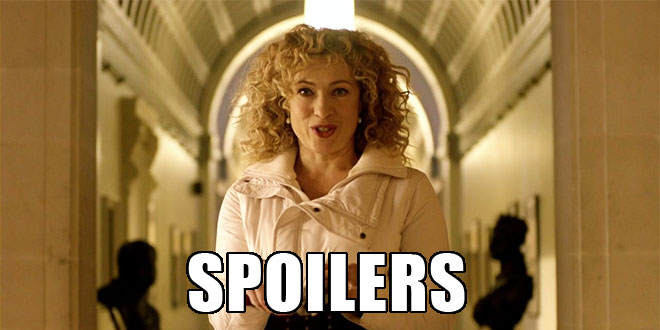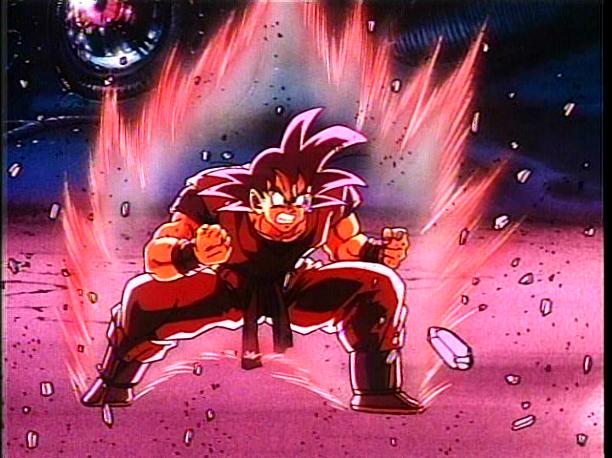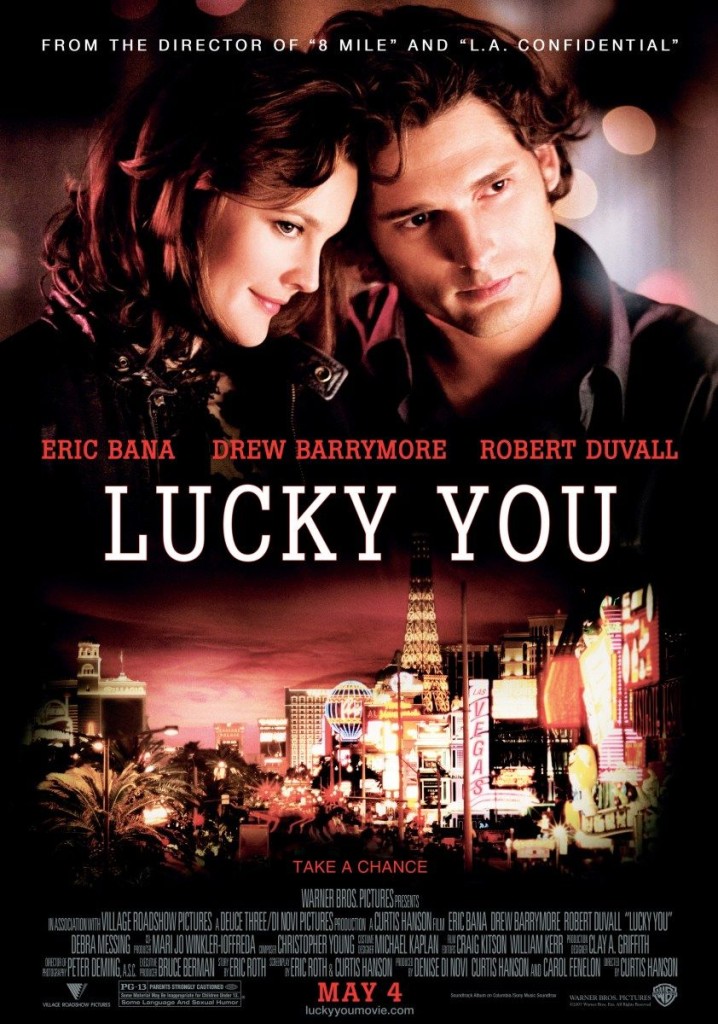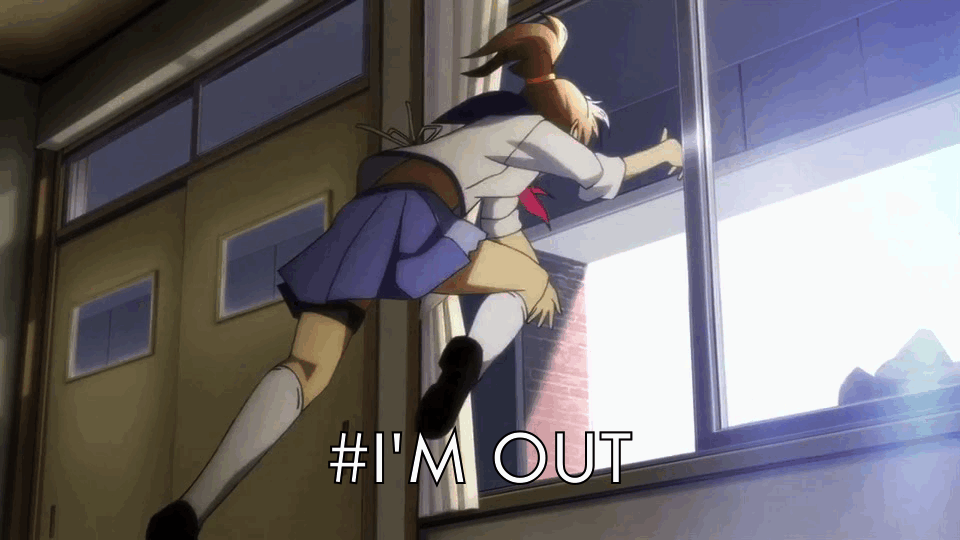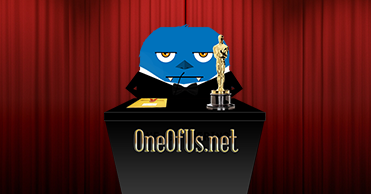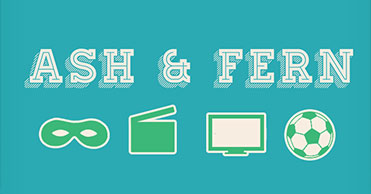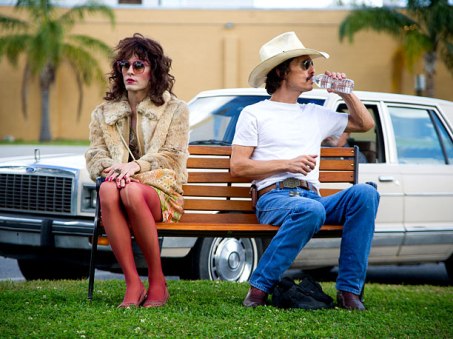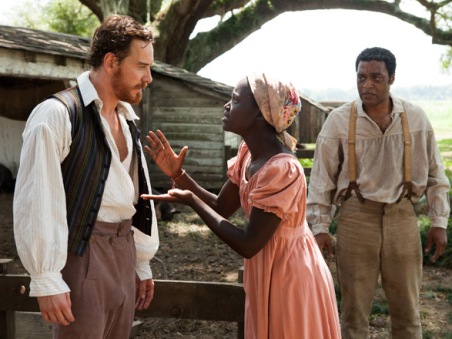A couple weeks ago, I caught the first official trailer for The Purge: Anarchy and it led me to ask: was The Purge so badly received that the budget for the sequel was cut even lower? Blumhouse’s high concept home invasion flick was kind of a hit last year. Granted, it was the exact opposite of a hit in the critical circle. Still, for all the money it raked in ($89+ million foreign and domestic) on such a tiny budget ($3 million reportedly), it looks like the studio gave filmmaker James DeMonaco a marginally bigger allowance to play with for the sequel.
I got to thinking about all the films Blumhouse has been helping to put out as of late, along with the slew of really awesome low-budget efforts that reach beyond their limitations to deliver some truly memorable experiences. The trailer for The Purge: Anarchy might take place outside of a dark house this time, but if the trailer is any indication, not much has changed and it does not inspire the hope of low-budget cinema I’ve seen in recent years. The film still looks as if it’s nothing more than a cat-and-mouse chase through dark set pieces, with shots here and there of small rioting gangs. A sequel for a film with a premise like The Purge I was hoping for something really special- something off the wall crazy. Instead it looks like the formula we will get every year from these films (providing they continue to make money) is a new couple/family fighting small roving gangs that chase them throughout the movie only to have a final confrontation right as the annual Purge comes to an end. That’s what the sequel looks like to me, except with direct-to-video production values.
I could be wrong and the film will be a huge improvement over the first, which I didn’t mind all that much, despite its problems. I just don’t see anything that brings to this premise anything fresh and new. Though, to be frank, when I step back and compare this trailer for The Purge: Anarchy or even the first film to recent low budget horror over the last few years, The Purge just does not stack up.
So what’s my point? Blumhouse is successful, but I’m not seeing any risk. Even if a movie that Blumhouse puts out is more enjoyable than most Hollywood horror flicks, it’s generally not very original and tends to come with an overall mixed reaction from audiences. We’re talking about films like Dark Skies, every Paranormal Activity movie, Insidious: Chapter 2, The Lords of Salem, Sinister and a ton of films waiting for release. Not a one of those previously mentioned films received overwhelming praise and you’ll notice that most are sequesl, suggesting that Blumhouse’s model lacks originality.
The sad thing about Blumhouse cornering the market on low budget horror is that there are some gems out there that don’t get a release that they deserve and most people are forced to watch them on their computer screens or God forbid…their tablets or cell phones. I like the On Demand model, simply because I’m able to lay my eyes on a movie I’ve been waiting for quicker than I would if I had to wait for the insanely limited theatrical run (which rarely makes it my way) or the eventual DVD release. Make no mistake, these films sometimes have an equally mixed reaction, but they take more chances than your typical Blumhouse release. The films I had in mind here are releases like V/H/S and V/H/S/2, Saw, Tucker & Dale Vs. Evil and rather you agree with me or not…Red State.
The only reason I kind of wanted to bring up Red State is to mention Kevin Smith’s latest low budget effort awaiting release, Tusk. Tusk is a film with a reported budget of $2 million and is quite literally a premise no person in their right mind would not do a double take on. A man searching for a roommate that is willing to dress as a walrus, but really wants a roommate to actually transform into a walrus. This has potential to be one of the worst ideas to ever be greenlit and really aside from the fact that this does not seem to have a sexual slant, Human Centipede has already trounced this idea to death. I’ll give Smith credit where credit is due though…it’s ballsy.
What I love about low budget horror is that it forces filmmakers to get creative. Even if their premise isn’t all that creative, the journey to making a full length feature requires some inginuity – which brings me to one of the most ultra low budget films in recent memory, The Battery. There are few things in horror movies as of late less original than a zombie flick which is exactly what The Battery is, except on a budget of $6,000 dollars. I saw this film several months ago and have never spoken of it until now. Simply because I don’t like it as much as I’ve seen people gush over online, but I cannot dare speak of it without giving props to Jeremy Gardner for putting this film together on such a shoestring budget. It’s a very DIY type of film and it’s all about the characters and there are some really great moments, but it still left a little to be desired in the end- I do recommend giving it a shot though simply because of it’s low budget spirit.
You needn’t wait for The Purge: Anarchy to drop at your local theater to see awesome low budget horror as we speak. Sure all those previously mentioned flicks- with the exception of Tusk– are available in some capacity right now, but if you’re a Comcast, Time Warner Cable, Brighthouse or Cox cable subscriber you can get on and watch a little film called Cheap Thrills right now. Again, a film being softly released in an even lesser VOD platform than most and on March 21st it will see a very small theatrical release; this is the type of film I want to see more of in theaters. Cheap Thrills for me was a nearly flawless film and a debut film to boot from E.L. Katz. Okay, it’s not fully lodged in the horror genre, but there’s enough sick, twisted and horrific shenanigans to include it and point you in its direction.
So, what are some of your favorite recent low budget horror flicks? Have you seen Cheap Thrills? What do you think of the trailer for The Purge: Anarchy? What are your thoughts on the VOD release model? Sound off below!

